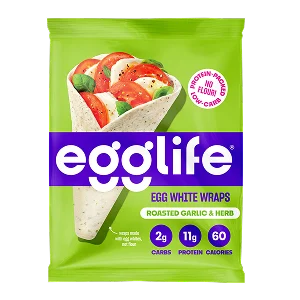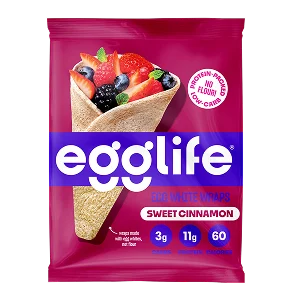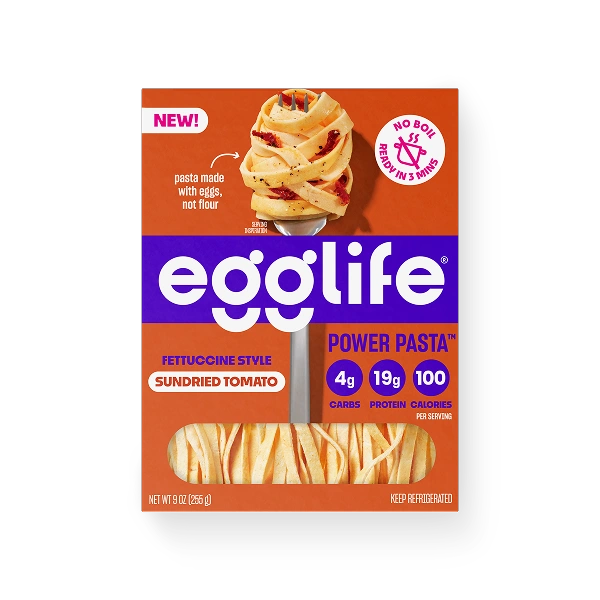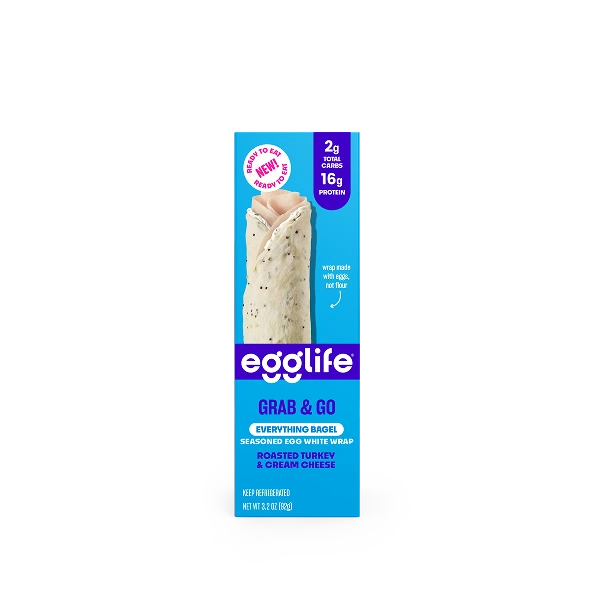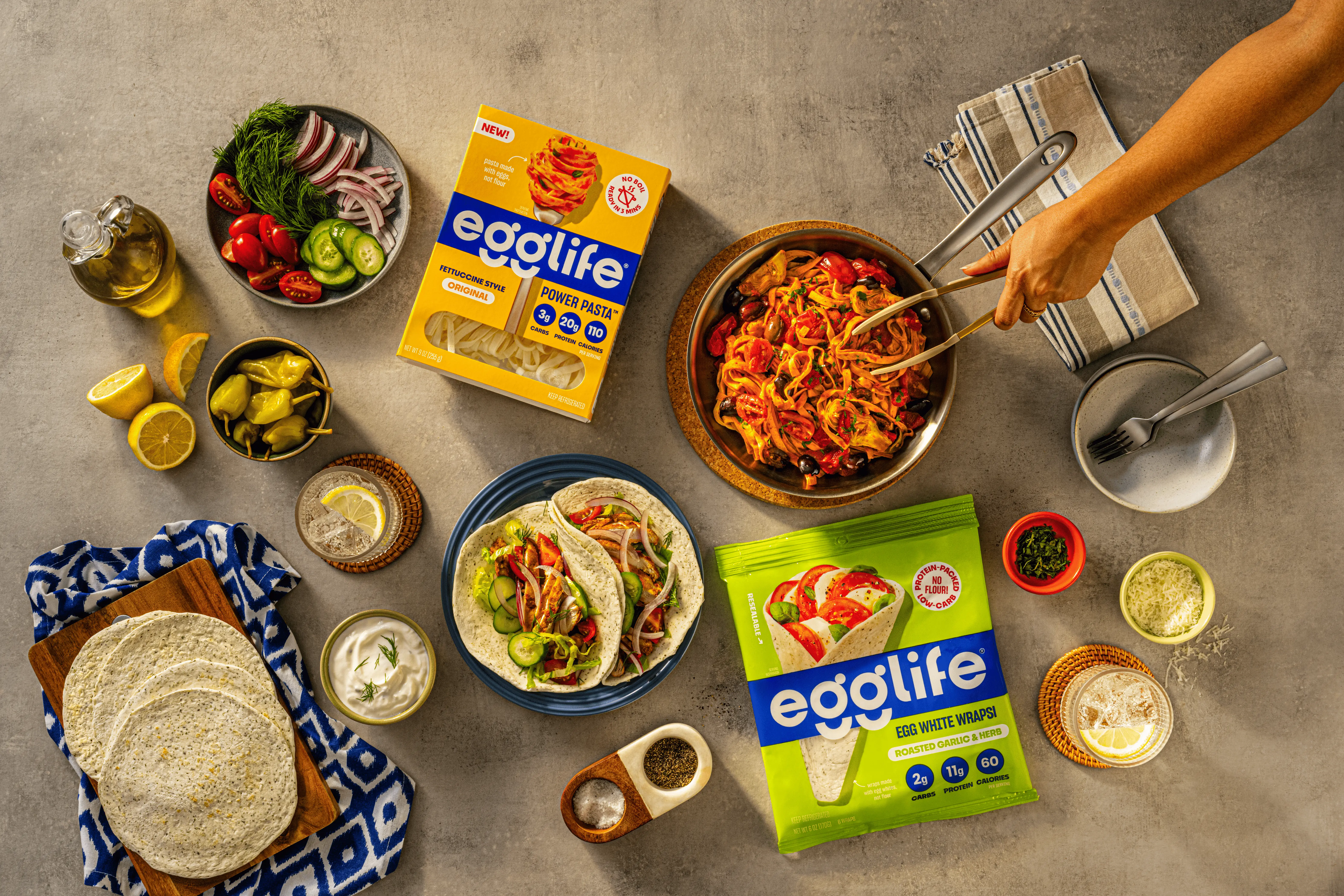References
*DIAAS: Digestible Indispensable Amino Acid Score, preferred method to describe protein quality according to FAO (FAO, 2013)
1. Carbone JW, Pasiakos SM. Dietary Protein and Muscle Mass: Translating Science to Application and Health Benefit. Nutrients. 2019 May 22;11(5):1136.
2. Joint WHO/FAO/UNU Expert Consultation. Protein and amino acid requirements in human nutrition. World Health Organ Tech Rep Ser. 2007;(935):1-265
3. U.S. Department of Agriculture, Agricultural Research Service. FoodData Central, 2019, FDC ID: 747997. fdc.nal.usda.gov
4. Food and Agriculture Organization, Dietary Protein Quality Evaluation in Human Nutrition. FAO Expert Consultation. FAO Food and Nutrition Paper No. 92Rome, Food and Agriculture Organization, Rome, Italy, 2013.
5. Hoffman JR, Falvo MJ. Protein - Which is Best? J Sports Sci Med. 2004 Sep 1;3(3):118-30. https://pubmed.ncbi.nlm.nih.gov/24482589/
6. Berrazaga I, Micard V, Gueugneau M, Walrand S. The Role of the Anabolic Properties of Plant- versus Animal-Based Protein Sources in Supporting Muscle Mass Maintenance: A Critical Review. Nutrients. 2019 Aug 7;11(8):1825. doi: 10.3390/nu11081825. https://www.ncbi.nlm.nih.gov/pmc/articles/PMC6723444/
7. Herreman L, Nommensen P, Pennings B, Laus MC. Comprehensive overview of the quality of plant- And animal-sourced proteins based on the digestible indispensable amino acid score. Food Sci Nutr. 2020 Aug 25;8(10):5379-5391. doi: 10.1002/fsn3.1809. https://pubmed.ncbi.nlm.nih.gov/33133540/
8. Adhikari S, Schop M, de Boer IJM, Huppertz T. Protein Quality in Perspective: A Review of Protein Quality Metrics and Their Applications. Nutrients. 2022 Feb 23;14(5):947. doi: 10.3390/nu14050947. https://pubmed.ncbi.nlm.nih.gov/35267922/
9. Kovacs-Nolan J, Phillips M, Mine Y. Advances in the value of eggs and egg components for human health. J Agric Food Chem. 2005 Nov 2;53(22):8421-31. doi: 10.1021/jf050964f. https://pubmed.ncbi.nlm.nih.gov/16248532/
10. Mine Y. Egg proteins and peptides in human health--chemistry, bioactivity and production. Curr Pharm Des. 2007;13(9):875-84. doi: 10.2174/138161207780414278. https://pubmed.ncbi.nlm.nih.gov/17430187/
11. Chang C, Lahti T, Tanaka T, Nickerson MT. Egg proteins: fractionation, bioactive peptides and allergenicity. J Sci Food Agric. 2018 Dec;98(15):5547-5558. doi: 10.1002/jsfa.9150. https://pubmed.ncbi.nlm.nih.gov/29797412/
12. Mann K, Mann M. In-depth analysis of the chicken egg white proteome using an LTQ Orbitrap Velos. Proteome Sci. 2011 Feb 7;9(1):7. doi: 10.1186/1477-5956-9-7. https://pubmed.ncbi.nlm.nih.gov/21299891/
13. Tadesse SA, Emire SA. Production and processing of antioxidant bioactive peptides: A driving force for the functional food market. Heliyon. 2020 Aug 28;6(8):e04765. doi: 10.1016/j.heliyon.2020.e04765. https://pubmed.ncbi.nlm.nih.gov/32913907/
14. Chakrabarti S, Guha S, Majumder K. Food-Derived Bioactive Peptides in Human Health: Challenges and Opportunities. Nutrients. 2018 Nov 12;10(11):1738. doi: 10.3390/nu10111738. https://pubmed.ncbi.nlm.nih.gov/30424533/
15. Liu YF, Oey I, Bremer P, Carne A, Silcock P. Bioactive peptides derived from egg proteins: A review. Crit Rev Food Sci Nutr. 2018;58(15):2508-2530. doi: 10.1080/10408398.2017.1329704. https://pubmed.ncbi.nlm.nih.gov/28609123/
16. Liao W, Jahandideh F, Fan H, Son M, Wu J. Egg Protein-Derived Bioactive Peptides: Preparation, Efficacy, and Absorption. Adv Food Nutr Res. 2018;85:1-58. doi: 10.1016/bs.afnr.2018.02.001. https://pubmed.ncbi.nlm.nih.gov/29860972/
17. Abeyrathne ED, Lee HY, Ahn DU. Egg white proteins and their potential use in food processing or as nutraceutical and pharmaceutical agents-a review. Poult Sci. 2013 Dec;92(12):3292-9. doi: 10.3382/ps.2013-03391. https://pubmed.ncbi.nlm.nih.gov/24235241/
18. Zheng J, Bu T, Liu L, He G, Li S, Wu J. Naturally occurring low molecular peptides identified in egg white show antioxidant activity. Food Res Int. 2020 Dec;138(Pt B):109766. doi: 10.1016/j.foodres.2020.109766. https://pubmed.ncbi.nlm.nih.gov/33288194/
19. Benedé S, Molina E. Chicken Egg Proteins and Derived Peptides with Antioxidant Properties. Foods. 2020 Jun 3;9(6):735. doi: 10.3390/foods9060735. https://pubmed.ncbi.nlm.nih.gov/32503187/
20. Rathnapala ECN, Ahn DU, Abeyrathne S. Functional properties of ovotransferrin from chicken egg white and its derived peptides: a review. Food Sci Biotechnol. 2021 Mar 29;30(5):619-630. doi: 10.1007/s10068-021-00901-3. https://pubmed.ncbi.nlm.nih.gov/33814941/
21. Zhou N, Zhao Y, Yao Y, Wu N, Xu M, Du H, Wu J, Tu Y. Antioxidant Stress and Anti-Inflammatory Activities of Egg White Proteins and Their Derived Peptides: A Review. J Agric Food Chem. 2022 Jan 12;70(1):5-20. doi: 10.1021/acs.jafc.1c04742. https://pubmed.ncbi.nlm.nih.gov/34962122/
22. Tu A, Zhao X, Shan Y, Lü X. Potential role of ovomucin and its peptides in modulation of intestinal health: A review. Int J Biol Macromol. 2020 Nov 1;162:385-393. doi: 10.1016/j.ijbiomac.2020.06.148. https://pubmed.ncbi.nlm.nih.gov/32569696/
23. Yu Z, Yin Y, Zhao W, Chen F, Liu J. Application and bioactive properties of proteins and peptides derived from hen eggs: opportunities and challenges. J Sci Food Agric. 2014 Nov;94(14):2839-45. doi: 10.1002/jsfa.6670. https://pubmed.ncbi.nlm.nih.gov/24652758/
24. Nimalaratne C, Wu J. Hen Egg as an Antioxidant Food Commodity: A Review. Nutrients. 2015 Sep 24;7(10):8274-93. doi: 10.3390/nu7105394. https://pubmed.ncbi.nlm.nih.gov/26404361/
25. Yildiz A, Kaya Y, Tanriverdi O. Effect of the Interaction Between Selenium and Zinc on DNA Repair in Association With Cancer Prevention. J Cancer Prev. 2019 Sep;24(3):146-154. doi: 10.15430/JCP.2019.24.3.146. https://pubmed.ncbi.nlm.nih.gov/31624720/
26. van den Berg LA, Mes JJ, Mensink M, Wanders AJ. Protein quality of soy and the effect of processing: A quantitative review. Front Nutr. 2022 Sep 27;9:1004754. doi: 10.3389/fnut.2022.1004754. https://pubmed.ncbi.nlm.nih.gov/36238463/
27. Puglisi MJ, Fernandez ML. The Health Benefits of Egg Protein. Nutrients. 2022 Jul 15;14(14):2904. doi: 10.3390/nu14142904. https://pubmed.ncbi.nlm.nih.gov/35889862/
28. van Vliet S, Burd NA, van Loon LJ. The Skeletal Muscle Anabolic Response to Plant- versus Animal-Based Protein Consumption. J Nutr. 2015 Sep;145(9):1981-91. doi: 10.3945/jn.114.204305. https://pubmed.ncbi.nlm.nih.gov/26224750/
29. Phillips SM. Current Concepts and Unresolved Questions in Dietary Protein Requirements and Supplements in Adults. Front Nutr. 2017 May 8;4:13. doi: 10.3389/fnut.2017.00013. https://pubmed.ncbi.nlm.nih.gov/28534027/
30. Ertl P, Knaus W, Zollitsch W. An approach to including protein quality when assessing the net contribution of livestock to human food supply. Animal. 2016 Nov;10(11):1883-1889. https://pubmed.ncbi.nlm.nih.gov/27160573/
31. Paddon-Jones D, Westman E, Mattes RD, Wolfe RR, Astrup A, Westerterp-Plantenga M. Protein, weight management, and satiety. Am J Clin Nutr. 2008 May;87(5):1558S-1561S. doi: 10.1093/ajcn/87.5.1558S.
32. Coelho-Junior HJ, Calvani R, Azzolino D, Picca A, Tosato M, Landi F, Cesari M, Marzetti E. Protein Intake and Sarcopenia in Older Adults: A Systematic Review and Meta-Analysis. Int J Environ Res Public Health. 2022 Jul 18;19(14):8718. doi: 10.3390/ijerph19148718. https://pubmed.ncbi.nlm.nih.gov/35886571/
33. Moon J, Koh G. Clinical Evidence and Mechanisms of High-Protein Diet-Induced Weight Loss. J Obes Metab Syndr. 2020 Sep 30;29(3):166-173. doi: 10.7570/jomes20028. https://pubmed.ncbi.nlm.nih.gov/32699189/
34. Rizzoli R, Biver E, Brennan-Speranza TC. Nutritional intake and bone health. Lancet Diabetes Endocrinol. 2021 Sep;9(9):606-621. doi: 10.1016/S2213-8587(21)00119-4. https://pubmed.ncbi.nlm.nih.gov/34242583/
35. Weaver AA, Tooze JA, Cauley JA, Bauer DC, Tylavsky FA, Kritchevsky SB, Houston DK. Effect of Dietary Protein Intake on Bone Mineral Density and Fracture Incidence in Older Adults in the Health, Aging, and Body Composition Study. J Gerontol A Biol Sci Med Sci. 2021 Nov 15;76(12):2213-2222. doi: 10.1093/gerona/glab068. https://pubmed.ncbi.nlm.nih.gov/33677533/
36. Howard EE, Pasiakos SM, Fussell MA, Rodriguez NR. Skeletal Muscle Disuse Atrophy and the Rehabilitative Role of Protein in Recovery from Musculoskeletal Injury. Adv Nutr. 2020 Jul 1;11(4):989-1001. doi: 10.1093/advances/nmaa015. https://pubmed.ncbi.nlm.nih.gov/32167129/
37. Papadopoulou SK. Rehabilitation Nutrition for Injury Recovery of Athletes: The Role of Macronutrient Intake. Nutrients. 2020 Aug 14;12(8):2449. doi: 10.3390/nu12082449. https://pubmed.ncbi.nlm.nih.gov/32824034/


